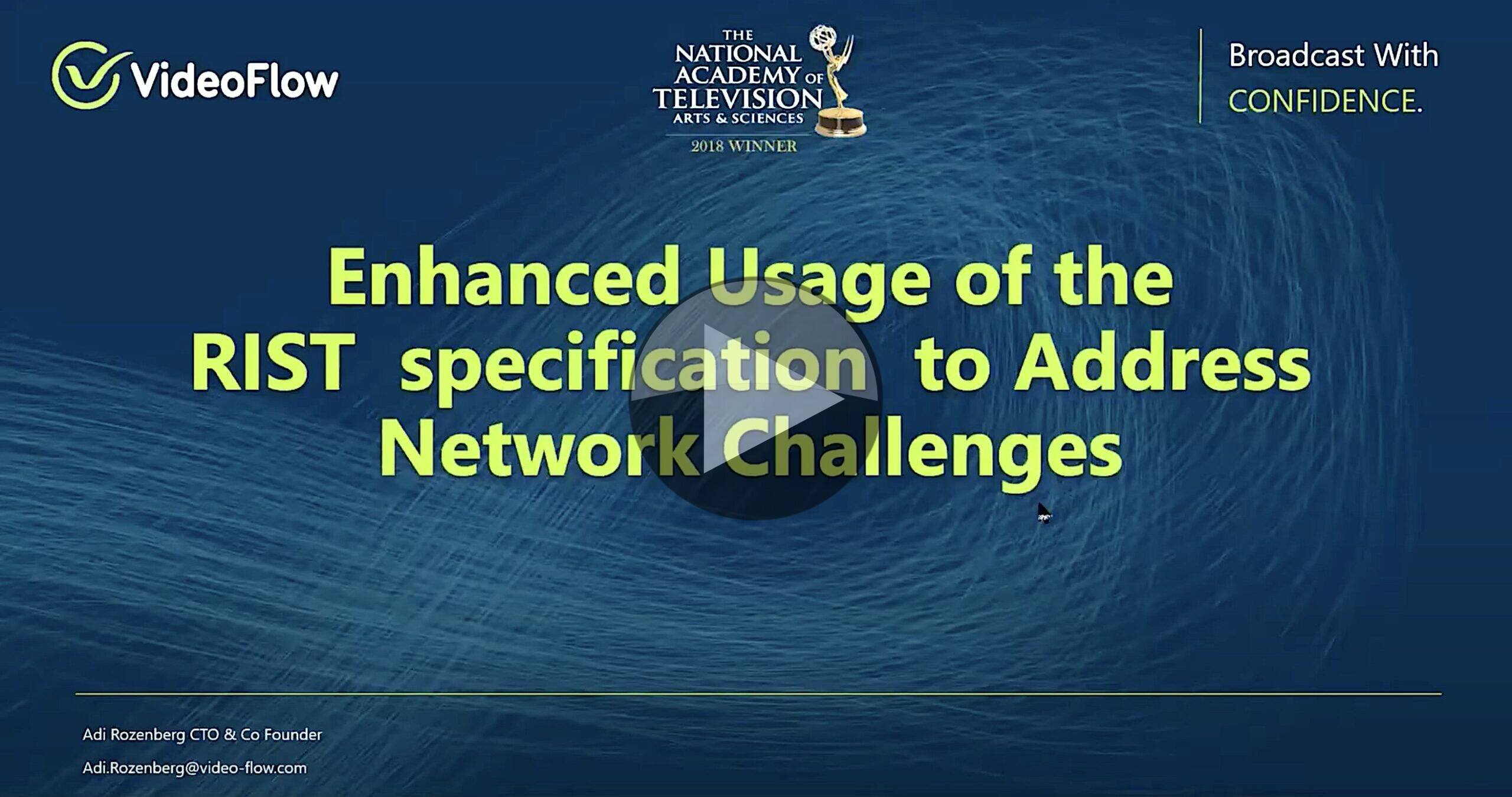
The Reliable Internet Stream Transport (RIST) is an open specification from the Video Services Forum which allows for reliable tansmission of video, audio and other data over lossy links. It does this by retransmitting any lost packets which the receiver hopes to receive before its receive buffer is exhausted. A seemingly simple, but powerful feature of RIST is delivery of multiple links to be bonded together to deliver to a single receiver. In this video, Adi Rozenberg explains the many ways to use this flexible functionality. If you’re new to RIST, check out this SMPTE primer or this intro from AWS.
Adi starts by outlining the basic functionality which allows a sender, using multicast or unicast, to set up multiple links to a destination. Each of these links will be managed by an RTCP channel. This setup allows for a number of strategies to deliver content.
RIST supports a number of output modes. In the standard mode, packets are passed through without modification. Header conversion can be added, however, which allows the destination IP, UDP port and source IP to be changed. There are also modes determining whether a link carries stream data, just any retransmitted packets or both. In most similar protocols, the default is that a link carries both the stream data and the retransmitted data. Lastly, it’s possible to define that normally a percentage of traffic goes down each path which then adjusts if one or more links go down.
Adi outlines the following systems:
- Stream transmission over three links with retransmissions sent over any link
- Dynamic load share with three links carrying 45%, 45% & 10% load respectively. This cuts down on bandwidth compared to the first option which needs 300% of the stream bandwith.
- Use of three links where the third takes retransmission traffic only.
These systems allow for use cases such as splitting the video bitrate between two or more links, having a low-bandwidth backup link normally carrying 3% traffic but which can burst up to 100% if the main link fails. This would work well for cloud-provided feeds where the main delivery is satellite RF and the IP delivery is dependent on the cloud and therefore the cost is related to egress charges or conversely if the RF link is paid for such as a 4G cellular link, the 3% would lie on that and DSL would handle the main delivery.
Watch now!
Speaker
 |
Adi Rozenberg CTO & Co Founder VideoFlow |

